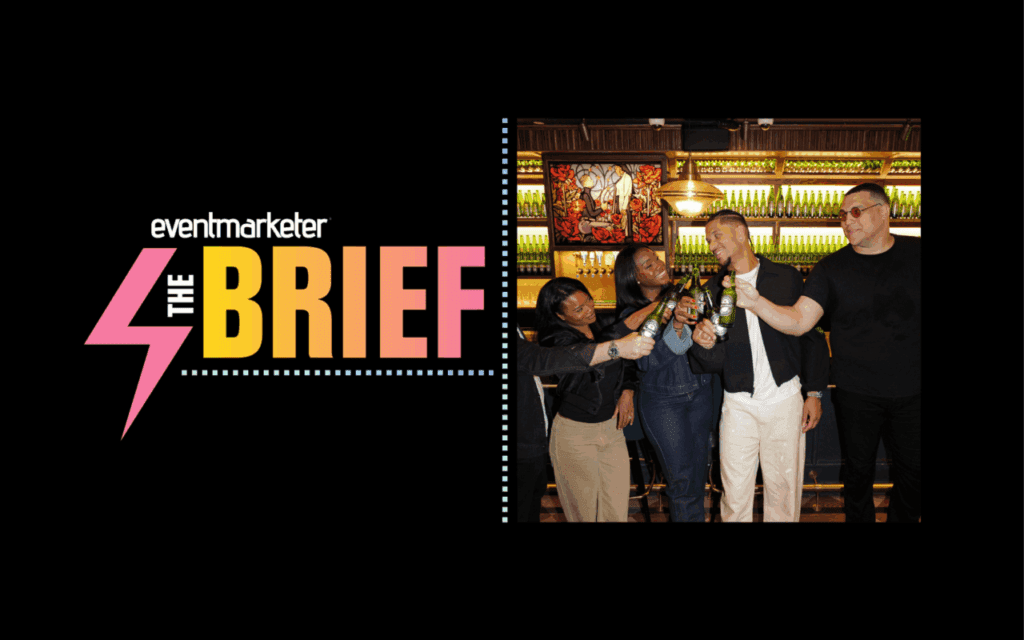Life insurance could be considered a universal product, applicable and useful to individuals from any race, religion, nationality or walk of life.
But the best way to approach all those individuals isn’t so universally simple. New York Life Insurance Co. is working to diversify its customer base with targeted direct marketing and branding efforts aimed at a number of ethnic segments.
New York Life’s cultural markets division was formed in 1996 when the company began to look at better targeting its communications to the Asian/Indian and Chinese communities, says Jane Conti, vice president of the company’s agency department. Today, the insurer also has targeted initiatives for the African-American, Korean, Vietnamese and Hispanic populations, as well as women.
“We’ve had a long-standing commitment to diversity, and that can be seen on many different levels — in hiring, in developments here at the home office,” says Eugene Mitchell, vice president and marketing manager for the company’s African-American marketing unit, which started up last year.
It’s not surprising that the insurer would look to increase its penetration into the various ethnic markets, considering this country’s diversity. The U.S. Census Bureau notes that there are more than 34.6 million African Americans, 39.9 million Hispanics and 13.5 million Asians in the United States. The company was slower to specifically target African Americans because there wasn’t the concern of a language barrier separating them from the mainstream. Also, the African-American community was dispersed around the nation more than some of the other segments.
But research showed that this market wasn’t in the same place as the mainstream. “African Americans are under-served and under-insured,” Mitchell says, noting that both income and education levels in this segment are rising. “The timing was just really great to make a heightened outreach.”
He notes that what life insurance is and how it is useful isn’t discussed in many African-American households, perhaps because a lower percentage of this population have actually been beneficiaries.
“In years past, some insurance companies stressed benefits of paying for funerals, but not anything beyond that, [like] protecting the family, assets and incomes,” he continues. “More important to me is the ability to create wealth for [your] family, church or [another] organization. [There are] so many ways life insurance can be used. [I love] the idea that I can leave my son a few million dollars no matter what occupation or education level.”
New York Life doesn’t make blanket offers of products based solely on cultural background, says Conti. Rather, an analysis is done of each individual to determine their needs.
Companies targeting different ethnic groups need to remember that it’s crucial to keep the basics of marketing in mind, in addition to cultural nuances, agrees Esther Novak, president and founder of Milltown, NJ-based Vanguard Communications, which specializes in marketing to the Hispanic, Asian and African-American communities.
“You need to overlay cultural information with other data like age and income,” she says, noting that in markets like financial services, direct mail and other materials should stress a product’s benefits as well as its basic attributes. “Life insurance can be [misrepresented] as just death insurance.”
Education is key in the African-American market, adds Mitchell. This might mean starting with the basics and forming relationships with the sales organization. “We need to create a credible position and from there educate about products and why [they’re] needed.”
The company has about 580 African-American agents around the country. “We want to mirror communities on a local level,” says Conti.
While direct mail is used for lead generation in some of the company’s more established cultural markets, it hasn’t yet been tested in the African-American segment. Instead, the company is relying on grassroots relationship-building tactics to build a reputation in the community.
“We want to connect agents to the community,” says Mitchell, noting that all sales are done in person by agents. “[Everything] is to get the agent in the door.”
This has been done through efforts like sponsoring conferences in partnership with groups like the 1,000 Churches Connected program (a division of Jesse Jackson’s Rainbow/PUSH Coalition), the Wall Street Project, the Black Men of America, and the National Urban League. New York Life also holds seminars in neighborhood churches on topics like life insurance, annuities, long-term care and college savings plans. To date, more than 1,000 people have attended the events, which always have agents on hand to answer questions and give out materials.
Print ads have been placed in publications like Essence, Black Enterprise, Minority MBA, Black MBA and Positive Community magazine, as well as local publications. Plans also are under way to conduct seminars targeting women in conjunction with Essence, using the magazine’s subscriber list to drive attendance.
As another way to build reputation, New York Life has also underwritten two PBS documentaries, “The Rise and Fall of Jim Crow” and “Slavery and the Making of America.”
A Web site aimed at this segment (www.newyorklife.com/africanamerican) debuted in March. The site includes an education center, where visitors can search for information based on specific life events (like a new baby, a death in the family or the start of a new business) or financial goals (such as paying for a child’s education, accumulating retirement assets or managing taxes). Calculators also are available to help determine factors such as how much life insurance a customer might need or how to determine estate tax liability. Editorial content includes articles about African-American entrepreneurs and wealth trends.
Online, banner ads have been used for branding and to generate traffic for the targeted Web sites representing each of the segments, says Conti. Radio and television spots used by the cultural division do include a call to action — either a URL or phone number — but often the spots are primarily branding vehicles. Lead- generation telemarketing also has been employed, but at the moment the company isn’t considering adding e-mail to the mix.
Tracking the return on investment of the division’s initiatives can be tricky. The company isn’t allowed to ask applicants what their race is, “so there isn’t a real figure to go by,” says Mitchell. ROI is judged in more creative ways, such as asking agents to share what percentage of business is done in a particular demographic, or considering the number of sales that come in from seminar attendees. “And in a broader scope, there’s the social good of education and trying to make a difference,” he adds.
Targeting different nationalities and races does, of course, have unique challenges.
“There are different cultural interpretations of what insurance does,” notes Conti. “For example, in the Chinese market they don’t like to talk about death. So a lot of times, they look at products that provide cash value and living benefits as much as they look at the death benefit of products because of that fear.”
Colors also have different meanings in different markets, she says. For example, gold or yellow symbolizes happiness and good fortune. “Blues and blacks don’t fit in with that, and our company colors are blue and white,” says Conti. “[The challenge] is to come up with something that is consistent with the brand and at the same time culturally sensitive.”



